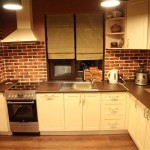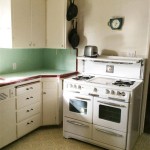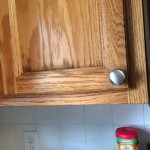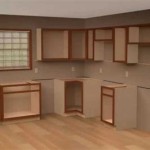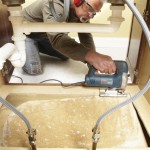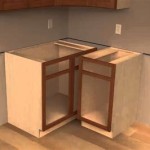Choosing the Right Paint Brush for Kitchen Cabinets: Essential Aspects
Renovating kitchen cabinets with a fresh coat of paint can dramatically transform your kitchen's aesthetics. However, choosing the appropriate paint brush is crucial to achieve a flawless finish. Different types of brushes are specifically designed for various cabinet painting needs. Understanding their unique characteristics will help you select the optimal brush for your project.
Fiber Type
The fiber type of a paint brush influences its performance and durability. Natural bristles, such as hog hair or ox hair, are durable and hold a substantial amount of paint, making them suitable for applying thick coats of paint. However, they may leave brush marks and become less effective for fine detailing.
Synthetic bristles, like nylon or polyester, provide a smoother finish with minimal brush strokes. They are more durable than natural bristles and release paint evenly, ensuring a consistent application. Synthetic brushes are a good choice for precise work and delicate surfaces.
Bristle Shape
The shape of the brush bristles affects the texture and flow of the paint. Round brushes, with their rounded tips, are ideal for intricate details, corners, and molding. They provide a precise application and prevent paint from accumulating in unwanted areas.
Angled brushes have bristles angled at the edge, which allows for controlled application on flat surfaces. They are particularly useful for painting cabinets with edges and corners, ensuring a smooth, even finish.
Brush Size
The size of the paint brush should correspond to the size of the areas you are painting. Small brushes, ranging from 1 to 2 inches, are ideal for detailing, touch-ups, and painting small sections, such as cabinet doors. Medium brushes, between 2 and 3 inches, are versatile and suitable for painting larger surfaces, such as drawer fronts.
Large brushes, 4 inches or larger, are designed to cover broad areas quickly and efficiently. They are recommended for large cabinets or when painting multiple cabinets simultaneously.
Handle Material
The handle material of a paint brush contributes to its comfort and usability. Wooden handles offer a classic, traditional feel and provide a good grip, but they may absorb moisture and become heavy when wet.
Plastic handles are lightweight, durable, and moisture-resistant, ensuring a comfortable grip even during extended painting sessions.
Additional Features
Some paint brushes come with additional features that can enhance their performance. Ferrules, which secure the bristles to the handle, can be made of metal or plastic. Metal ferrules provide added durability and prevent bristles from shedding. Swivel handles allow for flexible brush positioning, especially when painting in tight spaces.

5 Best Paintbrushes For Cabinets Brush Vs Spray Which Is Better

The Best Paint Brushes For Cabinets Of 2024 Picks From Bob Vila

The Best Paint Brushes For A Perfectly Smooth Finish

The Best Paint Brushes For Cabinets Including Touch Ups Small Details And Wood

What You Need To Know Before Painting Cabinets The Palette Muse

The Best Paint Brushes For A Perfectly Smooth Finish

Best Paint Brushes For Any Project The Home Depot
Types Of Paint Brushes And Their Uses

Best Way To Paint Cabinets Spray Or Brush

The Best Paint Roller For A Smooth Finish On Cabinets And Furniture
Related Posts


